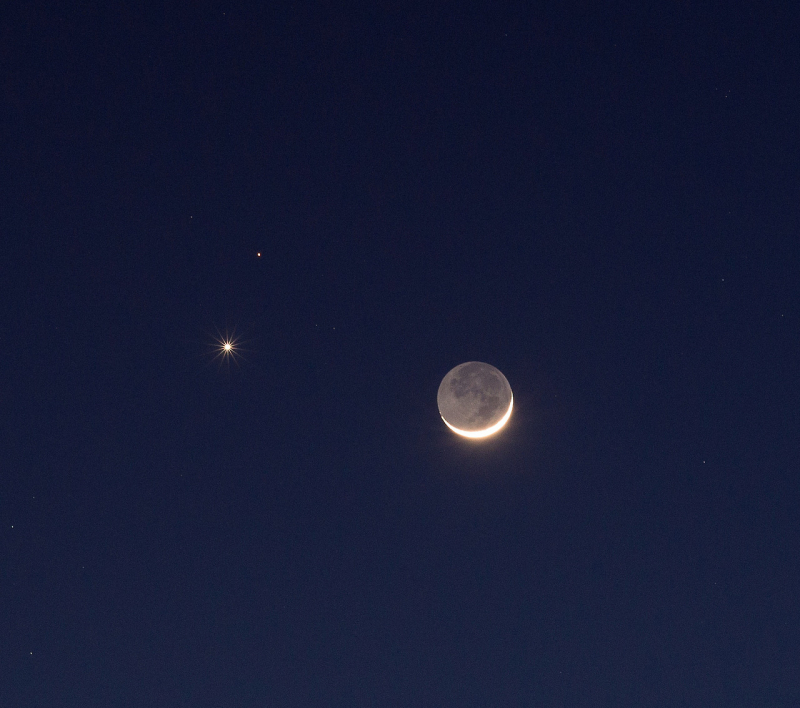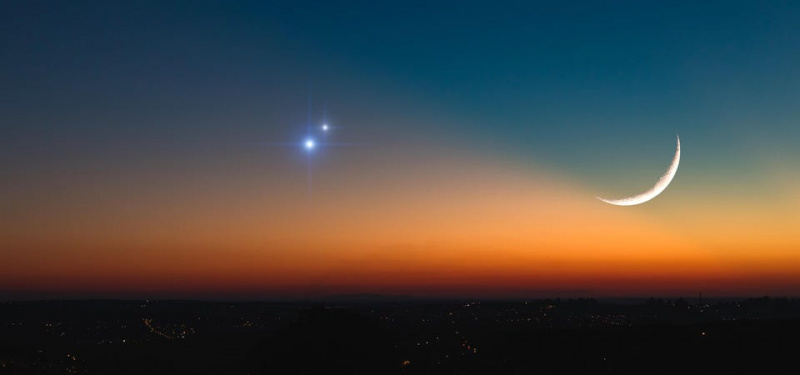Venus Is The Second-brightest Natural Object In The Night Sky After the Moon

Venus' atmosphere is reflective and glossy due to sulfuric acid clouds, which prevents us from seeing its surface. Venus is the only planet or star visible to the naked eye as a white point of light (apart from the Sun). The planet's standard deviation is 0.31 and its mean apparent magnitude is 4.14. About a month before or after inferior conjunction, the crescent phase displays the brightest magnitude. When Venus is backlit by the Sun, its brightness drops to roughly magnitude 3. Although the planet can be seen in broad daylight, it is easier to see when the Sun is low in the sky or setting. It always resides within around 47° of the Sun due to its low status.
Every 584 days, Venus "overtakes" Earth in its orbit around the Sun. The "Evening Star," which is visible after sunset, transforms into the "Morning Star," which is seen before daybreak, as it moves in this manner. Venus is very visible when it is at its brightest, unlike Mercury, the other inferior planet, which has a maximum elongation of only 28° and is frequently difficult to see in the evening. Due to its longer maximum elongation, it can be seen in the night sky for hours after sunset. Venus is an often reported "unidentified flying object" in error because it is the brightest point-like object in the sky.
The First brightest Natural Object In The Night Sky: Moon
The Second-brightest Natural Object In The Night Sky: Venus







